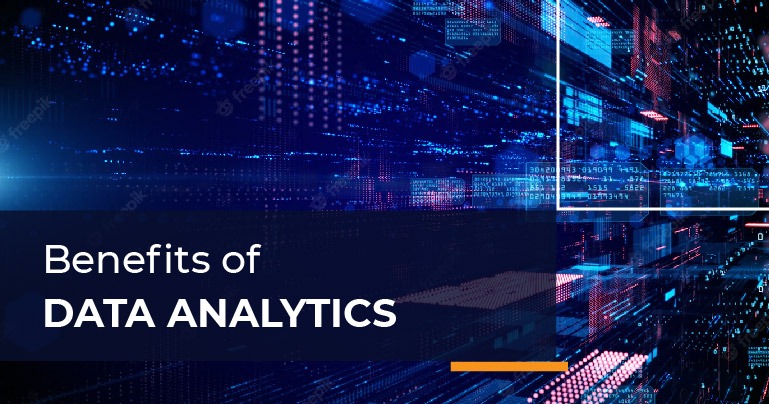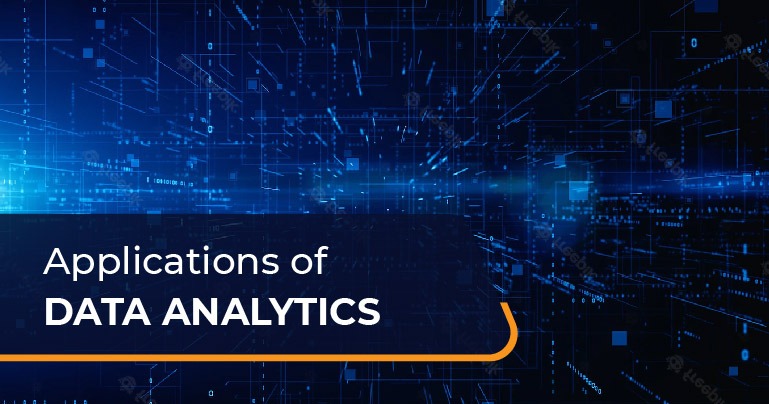According to a survey conducted by data platform Statista in 2021, the market survey report showed that the total amount of data being consumed globally was forecasted to increase rapidly to over 180 zettabytes by 2025. It also reported that the installed base of storage capacity will grow at a compound annual growth rate of 19.2% from 2020 to 2025.
The data analytics business has exploded in the last decade due to India’s rapid growth of internet users. According to the World Bank, internet penetration increased from 20% in 2018 to 41% in 2019, with over 900 million new users predicted by 2025. This expansion has aided the data analytics business by significantly increasing the amount of data collected that can be used to tap into various markets. In 2021, the data analytics industry saw a significant 26.5 percent year-over-year growth, with a market value of US$ 45.4 billion.
Data is regarded as the new oil, and businesses and government agencies focus on data analysis to develop better goods and deliver better services. Companies and government agencies use data analytics to collect data and find patterns. These aids organizations in gaining more significant insights into decision-making and, in some cases, automating the decision-making process. Data analytics assist in company transformation by reducing the cost and time required to make quick decisions. Data analytics has had a significant impact on Indian businesses, particularly their day-to-day operations. The use of data analytics has allowed the sector to automate some business processes.
Benefits of data analytics:

1. Improved Decision Making: Data Analytics removes the guesswork and manual activities from the decision-making process. It doesn’t matter if you’re picking the correct content, designing marketing strategies, or creating new goods. Organizations can make informed decisions based on the insights gained from data analytics. As a result, more significant outcomes and customer satisfaction are achieved.
2. Improved Client Support: Data analytics enables you to personalize customer service to their specific requirements. It also gives customization and strengthens consumer relationships. Data analysis can disclose details about a customer’s preferences, worries, and more. It enables you to make better product and service suggestions.
3. Efficient Operations: Data analytics may help you optimize procedures, save money, and increase production. You spend less time generating advertising and content that aren’t in line with your audience’s interests since you better understand what they want.
4. Effective Marketing: Data analytics provides you with vital information about the effectiveness of your efforts—this aids in fine-tuning them for the best results. You may also identify potential customers who are most likely to engage with a campaign and become leads.
Applications of data analytics:

1. Retail: Data analytics assists retailers in better understanding their customers’ requirements and purchasing behaviors, allowing them to forecast trends, offer new items, and grow their business.
2. Healthcare: Data analytics helps analyze patient data to deliver life-saving diagnoses and treatment alternatives in the healthcare industry. Data analytics can also aid in the discovery of innovative medication development approaches.
3. Manufacturing: Manufacturing industries can use data analytics to uncover new cost-cutting opportunities. They can resolve complex supply chain challenges, personnel shortages, and equipment failures.
Using data analytics, a manufacturing company in the packaging industry was able to discover micro-outages that hadn’t been tracked due to manual recording processes, identify overconsumption of energy by specific machines and increase the speed of the production line.
4. Banking and financial services: Banking and financial services companies utilize analytics to identify potential loan defaulters and customer attrition rates. It also aids in the instant detection of fraudulent transactions.
CASE STUDY:
To complement its existing annuity products, a financial company planned to introduce a new line of mutual funds. They have a network of over 30,000 independent financial advisors who market their products. Their task was to figure out which financial advisors would be best suited to introduce the new product line and why. The company developed two analytical models to identify advisors with the highest likelihood of cross-selling mutual funds. One approach generated a predicted score that identified the most promising counsellors. For each suggested advisor, the second model predicted total mutual fund sales.
This experiment yielded excellent results. The firm was able to pick an optimal group of financial advisors, and their new mutual fund product line was launched in a timely manner.
5. Logistics: Logistics organizations use data analytics to establish new business models and optimize routes. This, in turn, ensures that the delivery arrives on time and at a reasonable cost.
CASE STUDY:
Walmart is an American global retailer that employs over 700,000 people and serves over 100 million clients each week. In a nutshell, it’s a massive corporation. Every hour, Walmart collects 2.5 petabytes of data from 1 million customers. That’s right; you read that correctly. Walmart has built a state-of-the-art analytics facility called ‘Data Café’ to help make sense of all this data.
The Data Cafe can manage and analyze over 200 internal and external data streams, including 40 petabytes of recent transactional data. Walmart also monitors over 100 million keywords daily to see what people in the vicinity of each shop are saying on social media. This allows them to gain a deeper grasp of their customers’ preferences and dislikes.
Walmart can better manage its supply chain, optimize product assortment, personalize the shopping experience, and provide appropriate product recommendations using data analytics and other technologies.
Conclusion
According to a survey conducted by Forbes in 2021, by 2025, more than 150 zettabytes (150 trillion gigabytes) of real-time data would require analysis. Companies dealing with structured data have distinct requirements than those dealing with unstructured data. According to Forbes, over 95% of businesses need assistance managing different unstructured data, and 40% of companies say they need to deal with Big Data more regularly.
Thus, businesses increasingly realize the role data analytics plays in enhancing decision making, tracking progress, and increasing coordination. However, the biggest factor that hinders organizations from exploiting the potential of data analytics is the mindset. There must be a fundamental change in the way organizations think. Organizations must start looking at data as a necessity and not as an add-on.
Looking for expert technology consulting services? Contact us today.





